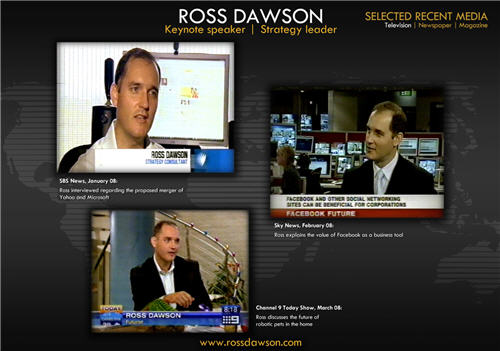Metarand: Podcast interview on the future of media and the value of frameworks…
Rand Leeb-du-Toit, the indefatigable entrepreneur and social media evangelist, is very consistently producing interesting insights on the emerging tech landscape at his blog Metarand – well worth a look or subscribe!
Last week Rand interviewed me for a podcast – go to the post to listen to the interview. We primarily discussed my thoughts leading into the Future of Media Summit, looking at the broad landscape of what’s happening in the media landscape.
What I like most about being interviewed is that I often learn from my own answers. Rand wrote:
The biggest takeout: he uses frameworks to synthesize his pattern recognition and as a communication tool for exploring trends and the potential paths we will follow in the future.
I am very frequently asked how I keep on top of so much information and make sense of it. It was only when Rand asked the question of how I go about ‘pattern recognition’ that I realized how central is the role of the frameworks I create, which are as much for myself as for others. Of the collection of frameworks in the Future of Media Report 2008, released last week, unquestionably my favorite is the Future of the Media Lifecycle framework, which pulled together many of the loose thoughts floating around in my head.


